International
Journalists in Latin America lack protection due to weak laws and few resources
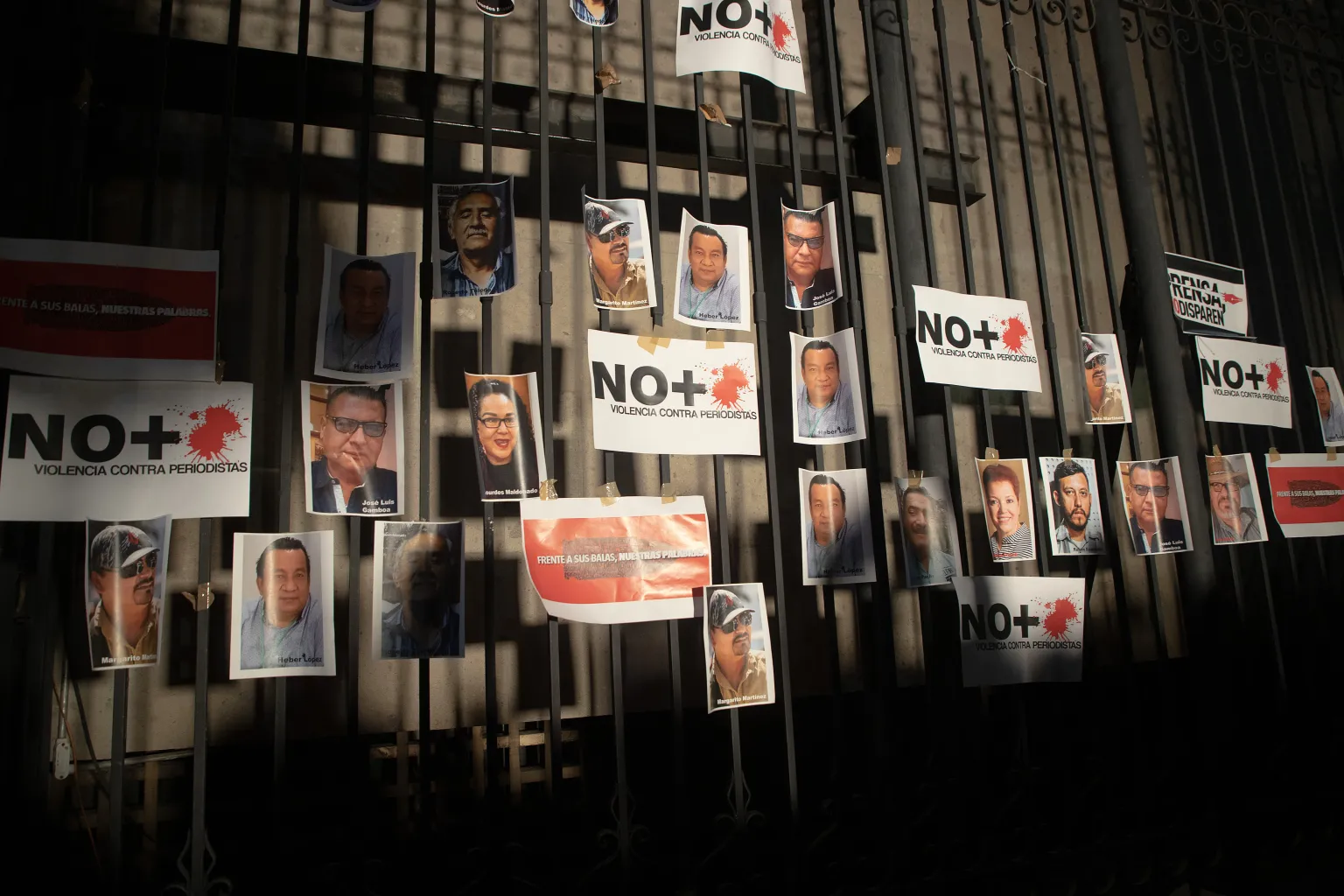
Reporters Without Borders (RSF) criticized on Tuesday that journalists in Latin America lack protection due to “weak” legal frameworks and “insufficient” resources from States to guarantee the safety of media professionals.
That is why the biggest challenge for the region is to turn the protection of journalists into a “political priority,” says RSF in its report ‘Protection mechanisms in Latin America: how to strengthen this fragile shield for journalists’.
The organization recalls that 338 journalists have been murdered in Latin America since 2000.
The “systematic violence” they suffer translates into deaths, threats, arrests and persecutions by involving themselves in the denunciation of cases of corruption, organized crime and abuse of power.
The countries analyzed: Guatemala, Ecuador and Peru
RSF analyzes the situation of countries that have recently implemented mechanisms to strengthen the safety of journalists (Guatemala, Ecuador and Peru) and those that are in the process of approving measures of this type (Chile and Paraguay).
In Peru, the allocated budget does not grow at the same rate as requests for protection by journalists, whose situation has worsened due to the political and social crisis in the Andean country.
In just two years, these demands have multiplied by six (247 in 2023, compared to 40 in 2021), while the budget has only increased by 40% in the same period.
RSF criticizes Guatemala’s limited action to protect journalists, accentuated by the lack of parliamentary support of the current president, Bernardo Arévalo, which makes it even more difficult to approve specific and effective mechanisms.
In Ecuador, the state of emergency declared by its president, Daniel Noboa, after a wave of unprecedented violence has worsened the economic, technical and institutional endowment of the Interinstitutional Committee for the Protection of Journalists, which is currently trying to get support from embassies and associations.
Projects for the protection of journalists in Chile and Paraguay
With regard to the draft new legislation, the Chilean Senate has received the draft of a new protection law for journalists and media, a text that RSF considers devoid of detail in terms of budget and legal framework.
“It does not explicitly mention any department, agency or institution that is held responsible,” he highlights in his report.
In Paraguay, another protection law is also pending ratification by the Senate since April 2023. It is a text that provides for the formation of an independent committee that has the highest authority to evaluate the situation.
According to RSF, the current conservative majority in the Upper House of Paraguay is an obstacle to maintaining the main provisions of the law that journalists are trying to maintain based on political support.
International
Climate-driven rains trigger one of Indonesia’s deadliest flood emergencies in years

A torrential monsoon season, compounded by two unusual tropical cyclones, has triggered intense rainfall in several regions since last week, including southern Thailand, northern Malaysia, and large parts of Indonesia.
Climate change has recently intensified rainfall patterns, as a warmer atmosphere is able to hold more moisture. In Indonesia, desperation is growing among those affected by the disaster due to the slow pace of rescue operations and the distribution of humanitarian aid.
Relief agencies warned that the scale of the emergency is nearly unprecedented, even for a country accustomed to frequent natural disasters.
Across the island of Sumatra, the death toll was revised downward to 770 fatalities and at least 463 people still missing as of Wednesday night. Earlier, the national disaster management agency had reported 804 deaths.
Gathering accurate information on the ground remains difficult, as many regions are still cut off due to flood damage, widespread power outages, communication failures, or a combination of all three.
International
Russian authorities ban Roblox citing child safety and moral concerns

Russia has blocked access to the U.S.-owned game creation platform Roblox, accusing it of distributing extremist materials and what authorities described as “LGBT propaganda,” state media reported on Wednesday.
The country has repeatedly threatened to ban certain foreign digital platforms, a move that human rights organizations view as part of broader efforts by authorities to tighten control over internet use.
In a statement released through Russian news agencies, the federal communications watchdog Roskomnadzor accused Roblox of hosting “inappropriate content that can negatively affect the spiritual and moral development of children.”
“The game exposes minors to sexual harassment, tricks them into sharing intimate photos, and encourages them to commit acts of depravity and violence,” the regulator claimed.
Last week, the same agency also threatened to ban WhatsApp, the country’s second most widely used messaging app, accusing it of failing to prevent criminal activity.
Roblox, which is owned by the U.S.-based Roblox Corporation, did not immediately respond to a request for comment.
According to company data for 2024, the platform has around 100 million daily users worldwide, nearly 40% of whom are under the age of 13.
Other countries, including Qatar, Iraq and Turkey, have also restricted or banned Roblox, mainly over concerns about the safety of underage users. In the United States, the states of Texas and Louisiana have filed lawsuits against the platform on similar grounds.
International
El Chapo’s son Joaquín Guzmán López pleads guilty to U.S. drug trafficking charges

Joaquín Guzmán López, one of the sons of notorious Mexican drug lord Joaquín “El Chapo” Guzmán, pleaded guilty on Monday to drug trafficking charges in a U.S. court, months after his brother Ovidio reached a similar plea agreement, according to local media reports.
The defendant appeared before a federal court in Chicago early Monday afternoon and changed his previous plea in the case, the Chicago Tribune reported. U.S. authorities accuse him of forming, together with his three brothers, the cartel faction known as “Los Chapitos.”
The group is believed to have continued the operations of El Chapo, who has been serving a life sentence in the United States since 2019.
Guzmán López, 39, was arrested after landing in Texas in a small aircraft alongside cartel co-founder Ismael “El Mayo” Zambada.
-
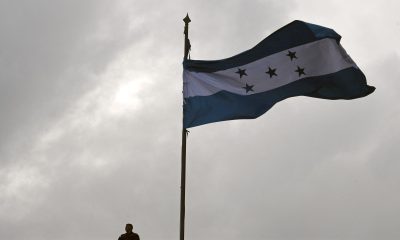
 Central America4 days ago
Central America4 days agoHonduras’ China–Taiwan Future Hinges on Sunday’s Presidential Election
-
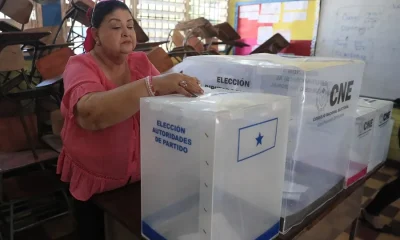
 Central America3 days ago
Central America3 days agoHonduras Extends Voting by One Hour Amid High Turnout, CNE Announces
-
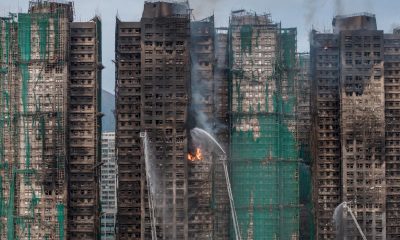
 International3 days ago
International3 days agoHong Kong police arrest 13 over deadly high-rise fire that killed 151
-
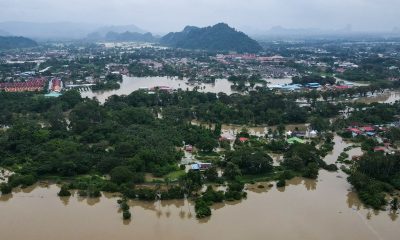
 International3 days ago
International3 days agoSri Lanka and Indonesia deploy military as deadly asian floods kill over 1,000
-
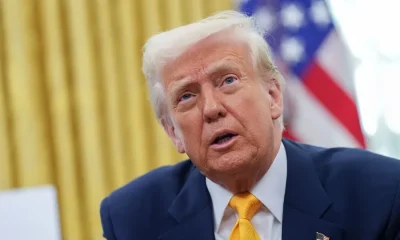
 International3 days ago
International3 days agoTrump says asylum decision freeze will remain in place “for a long time”
-
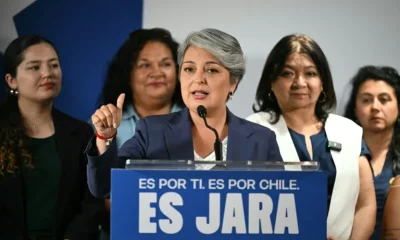
 International3 days ago
International3 days agoChile enters runoff campaign with Kast leading and Jara seeking a last-minute comeback
-

 International2 days ago
International2 days agoVenezuela authorizes return flights as U.S. continues deportations amid rising tensions
-
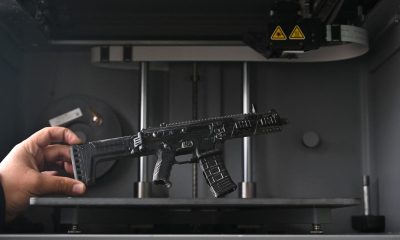
 International2 days ago
International2 days ago20,000 rounds stolen from german army after driver leaves cargo unattended
-

 International2 days ago
International2 days agoEl Chapo’s son Joaquín Guzmán López pleads guilty to U.S. drug trafficking charges
-

 International8 hours ago
International8 hours agoRussian authorities ban Roblox citing child safety and moral concerns
-
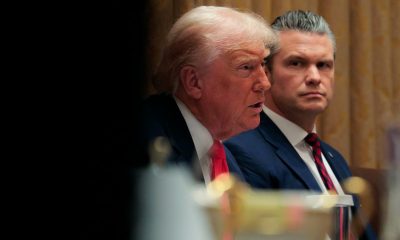
 International2 days ago
International2 days agoTrump convenes National Security Council as U.S.–Venezuela tensions intensify
-

 International8 hours ago
International8 hours agoClimate-driven rains trigger one of Indonesia’s deadliest flood emergencies in years
-

 Sin categoría8 hours ago
Sin categoría8 hours agoJuan Orlando Hernández’s family takes time to decide next steps after surprise U.S. release






























